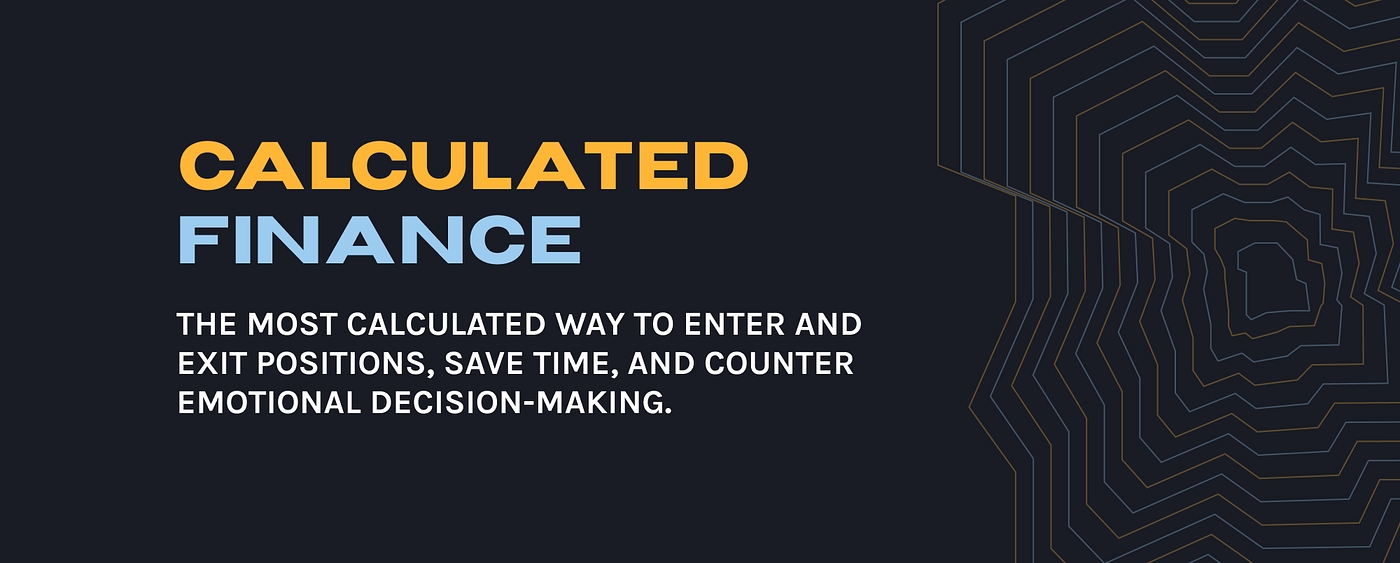❓Frequently Asked Questions
Dollar-cost averaging (DCA) is one of the most reliable and consistent ways to invest. It is now available fully on-chain through RUJI Trade. With recurring orders, you can automatically build or reduce positions in assets like RUJI, BTC, ETH, RUNE, and others based on your own schedule.
On this page we answer frequently asked questions regarding recurring orders on RUJI Trade.
1. How to set up your recurring order on RUJI Trade?
Assuming you already have funds on Rujira, you can create your first Recurring Order in three simple steps.
Step 1: Choose trade pair in RUJI Trade
Step 2: Setup your order via Advanced -> Recurring
Step 3: Submit the transaction
2. How do recurring orders on RUJI Trade work (in depth)?
Creating a recurring order is like setting up a machine that processes your trades at the intervals you set them at, here’s how it works in a nutshell, let’s break it down into:
2.1 How recurring orders are created
2.2 How the recurring order mechanism works
2.3 How tokens are transferred
2.1 How recurring orders are created
When you start a recurring order, the tokens will be transferred from your wallet into a smart contract vault that runs the strategy.
Once you create a recurring order, your first order is executed right away. For example, if you’re setting up an order from USDC into RUJI, the full USDC will be stored in your vault, and the first trade (say $100 USDC for RUJI) will happen immediately.
The remaining trades follow at regular intervals, based on the schedule you pick. For instance, if you’re splitting $1,000 USDC over 10 days, you’ll see the first $100 -> RUJI trade right away, and then 9 more trades of $100 each happening daily like clockwork. (Except when you set price protection and swaps do not meet the right conditions to execute.)
2.2 How the recurring order mechanism works
When you create a recurring order, your total trade is split into smaller, bite-sized swaps. The number of swaps depends on your settings. Let’s break it down:
Say you’re recurring $900 USDC into RUJI over 3 swaps of 1 day. Your order will be split into 3 trades of $300 USDC each, one for every day. Let’s see this in action:
Day 1: Once your order is confirmed, the first $300 USDC -> RUJI trade happens immediately.
Day 2: 24 hours later, the second trade of $300 USDC -> RUJI gets executed.
Day 3: Another 24 hours after that, the third and final trade wraps up your order and automatically sends the acquired RUJI to your wallet.
The amount of $RUJI you receive depends on its price at the time of each trade. Following the same example:
Day 1: If RUJI costs $20, your $300 buys you 15 RUJI.
Day 2: If RUJI jumps to $25, your $300 gets you 12 RUJI.
Day 3: If RUJI dips to $15, your $300 scores you 20 RUJI.
Note: CALC charges a 0.25% fee after withdrawals from an order. So, in the end a total of 47 RUJI (minus a fee of 0.1175 RUJI) is automatically sent to your wallet.
2.3 How tokens are transferred
Every time a swap executes, the swapped tokens are stored in the vault until the recurring swap order is finished. The recurring order is finished when there are no deposit tokens left to swap in the vault. Then the acquired tokens are automatically sent to your wallet.
💡 Pro Tip: If you don’t want to wait for a strategy to finish, you can edit, withdraw, deposit or pause your order details at any time.
3. How to manage multiple recurring orders?
It’s easy to manage your recurring strategies from the RUJI Trade orders overview and from the My Portfolio overview.
4. Does my recurring order automatically retry if it fails?
Yes, if a swap fails due to high price impact or exceeded price thresholds, the order will automatically retry at the next set scheduled interval.
5. How is the price calculated with each recurring swap?
Swaps are routed via the RUJI Trade order book at the current best market price.
The price for each swap is calculated at the time the transaction is executed. Swaps execute on the RUJI Trade order book and can include parameters like slippage or price protection, to ensure you receive a minimum amount of tokens. If the price exceeds the slippage settings or price threshold, the transaction will fail in order to protect you from unfavorable swaps.
Before starting your strategy, make sure to have a look at the summary to make sure everything looks right. Or review your ongoing strategy from the Recurring Orders overview or the My Portfolio overview.
6. Can I pause the recurring order temporarily and resume it later?
Yes. Pausing and resuming of recurring orders is supported.
7. What are the fees?
An automation fee of 25bps (0.25%) applies to all funds exiting a recurring order, whether through completion or manual withdrawal. This fee is over and above standard RUJI Trade taker fees.

Last updated